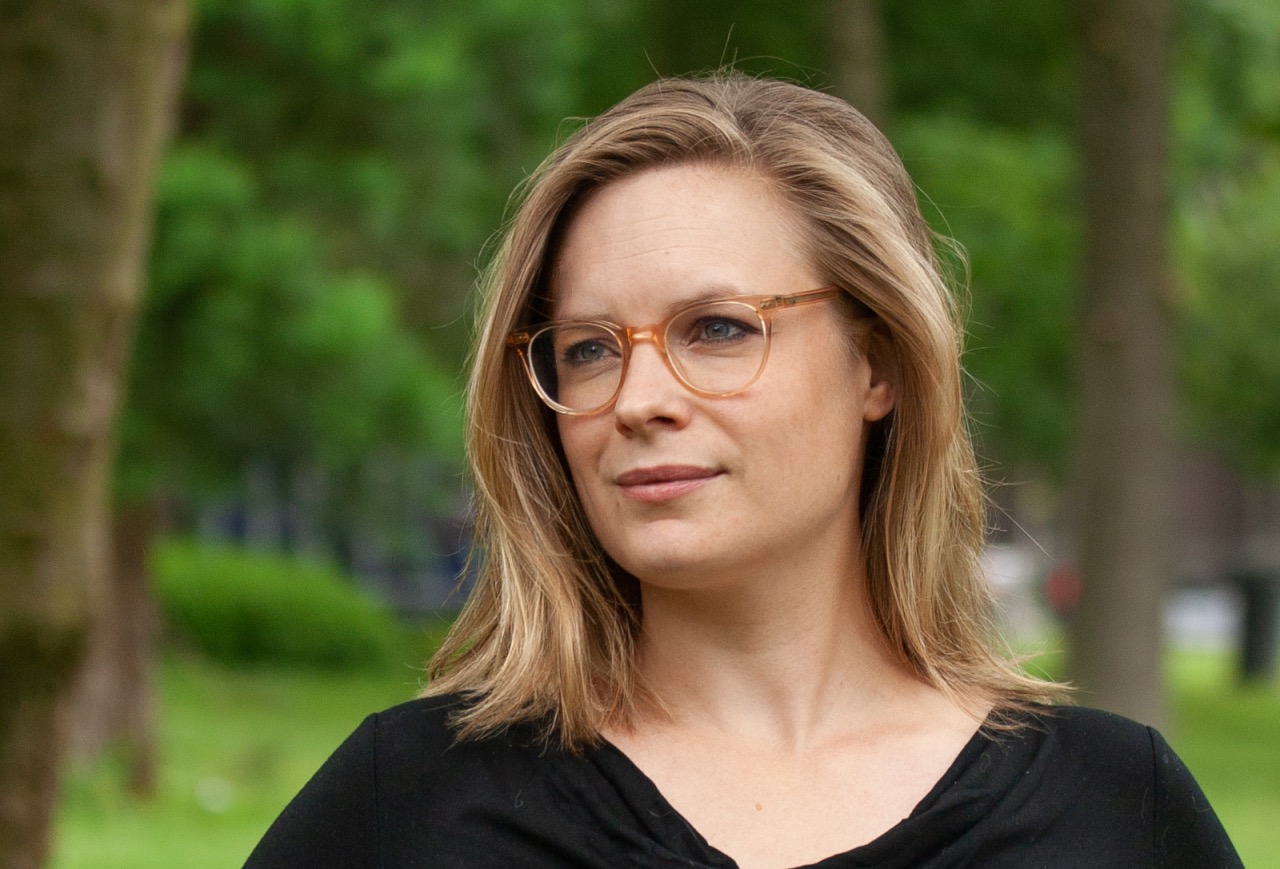Accounting and financing are catalysts for the transition from a linear to a circular economy. Circle Economy’s Aglaia Fischer tells Impact Investor why the transition will require a new way of thinking about how we do business

Photo by Erlend Ekseth on Unsplash
In brief
- Accounting and financing are catalysts for the transition from a linear to a circular economy
- Current accounting and financing practices are not set up to accommodate circular businesses
- A new report explores practical guidance to overcome these challenges and capture the value of circular businesses
Scaling circular business models is needed to accelerate the transition from a linear to a circular economy. However, the current challenges associated with financing and accounting for circular businesses are major obstacles that prevent their wide-spread successful adoption.

This is according to a new report by the Coalition Circular Accounting, a collaboration between impact organisation Circle Economy and the Royal Netherlands Institute of Chartered Accountants (NBA).
The report explores practical guidance to overcome these challenges and capture the value of circular businesses. One of its main conclusions: going circular in a linear world isn’t going to be easy as current accounting and financing practices aren’t set up to accommodate circular businesses. “To do so, we must redefine how we approach three key facets of accounting: value, impact and risk,” the report says.
“The launch of the report was broadcasted globally”, says Aglaia Fischer, lead of the finance programme at Amsterdam-based Circle Economy. “We had 450 applicants and 350 from all over the world in the call. So we do see now that this topic is finally really getting attention worldwide.”
Another sign of this increased attention is the notable rise in circular financing: private financial institutions and asset managers – such as ABN Amro, BlackRock, BNP Paribas, Circularity Capital, ING, and Intesa Sanpaolo – have issued their own circular economy finance products and services over the last few years.
But it’s certainly not a mainstream thing, yet.
Trojan horse
Circle Economy aims to “empower businesses, cities and nations to put the circular economy into action”. Six years ago, a Circle Finance Program was established.
“We want the financial sector to invest in a sustainable future”, Fischer says, “and we saw that at that time there was actually very little interest in investing in a circular economy.”
This lack of interest was hard to understand for Fischer, who got acquainted with the concept of the circular economy while doing a Master’s degree in environmental management.
“For me, it was like the Trojan horse, in a way. Utilising profitable circular business models seemed a perfect way of getting the concept of sustainability into the core business of companies,” she explains.
So why isn’t the financial world massively investing in the circular economy? In reality, according to the 2022 Circularity Gap Report, only 8.6% of the worldwide economy can be labelled as ‘circular’, despite the real business risks of the prevailing linear model, as Circle Economy emphasises. Such risks are associated with the use of scarce and non-renewable resources, as well the failure to innovate or adapt.
“The large majority of the banks and investors still use risk models which are based on the linear economy”, Fischer says. “In these models, and in our thinking, it is just not part of the calculation that there will be a resource problem in the future. Or a climate problem.”
Transparency
Another problem is that new circular business models have no track record yet. “It’s still quite complex to make explicit the value of new circular activities and new business models.”
A topic closely related to this is metrics. “As soon as we can properly measure circularity in a standardised way, it also becomes easier to rank and take into account this information into risk models.”
At the moment, there is no such generally accepted measurement method, although the recently developed Circular Transition Indicators by the World Business Council for Sustainable Development is a “very promising one”, according to Fischer.
This new indicator, however, also needs the kind of data many corporations simply do not have at the moment
But this may change soon, says Fischer, due to new international regulations like the EU’s Corporate Sustainability Reporting Directive (CSRD), as well the Sustainable Finance Disclosure Regulation (SFDR).
The EU is definitely a frontrunner in this. “This demand for transparency can really create a level playing field because there will be benchmarks. At a certain point we will figure out what per sector is doable, or not. And then raise the bar over the years,” she explains.
No more ‘cute topic‘
Many companies and financiers are quite worried about CSRD, also because the regulation is still in the making. The CSRD will be effective by 2023, with the regulation about circularity probably coming in later, in 2024.
Circle Economy and the Coalition Circular Accounting are planning to support companies and investors in working with the EU regulations by making available the learnings in proper accounting and finance perspective.
“Sustainability and circularity used to be these cute topics, but now it has become a compliance issue”, Fischer says.
She adds: “Financial sectors are still too much solely focused on risk, and failing to take into account the risk of not doing anything. They don’t demand information on resource use of the companies they invest in. They ignore the risk of stranded assets in the future. That has to do with continuity. It’s important to understand that circular businesses offer the best chance of continuity.
“This also relates to seeing the opportunity. Because of its tendency to conservativeness, the financial sector tends to miss all kinds of new interesting things. It seems to be stuck in this risk frame of: we don’t have the proof, so we don’t do anything. That has to change.”





